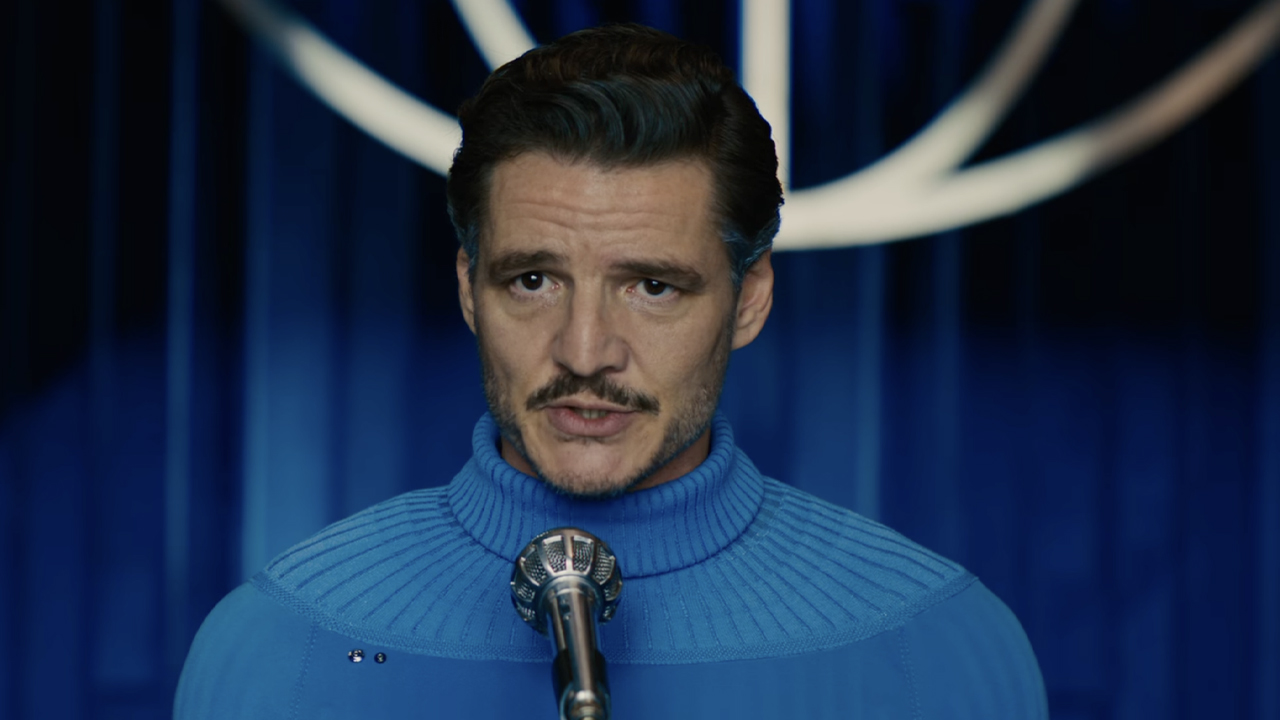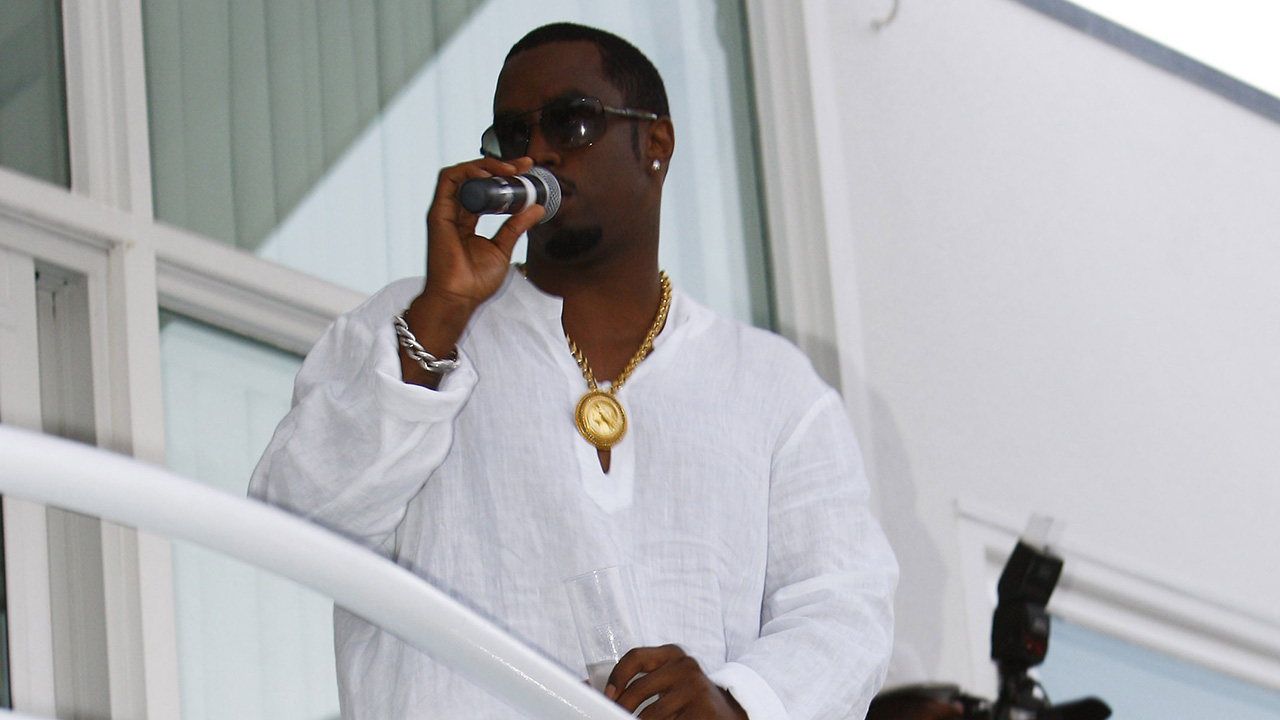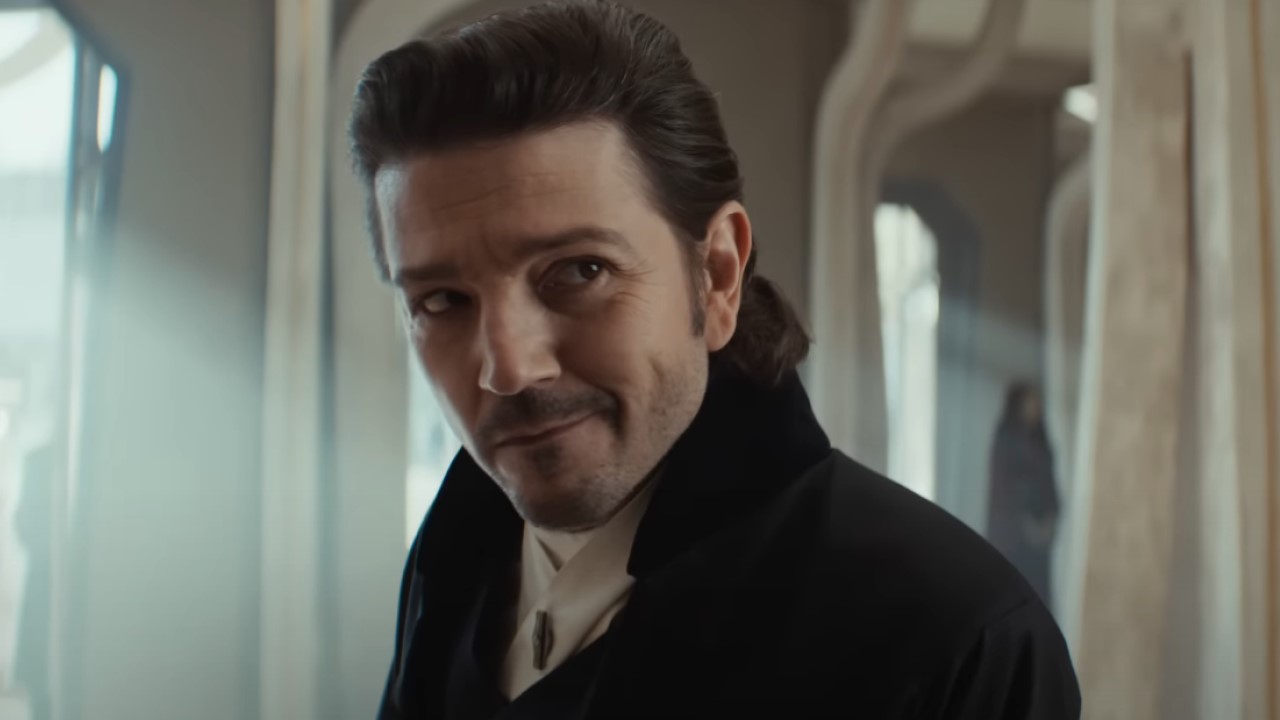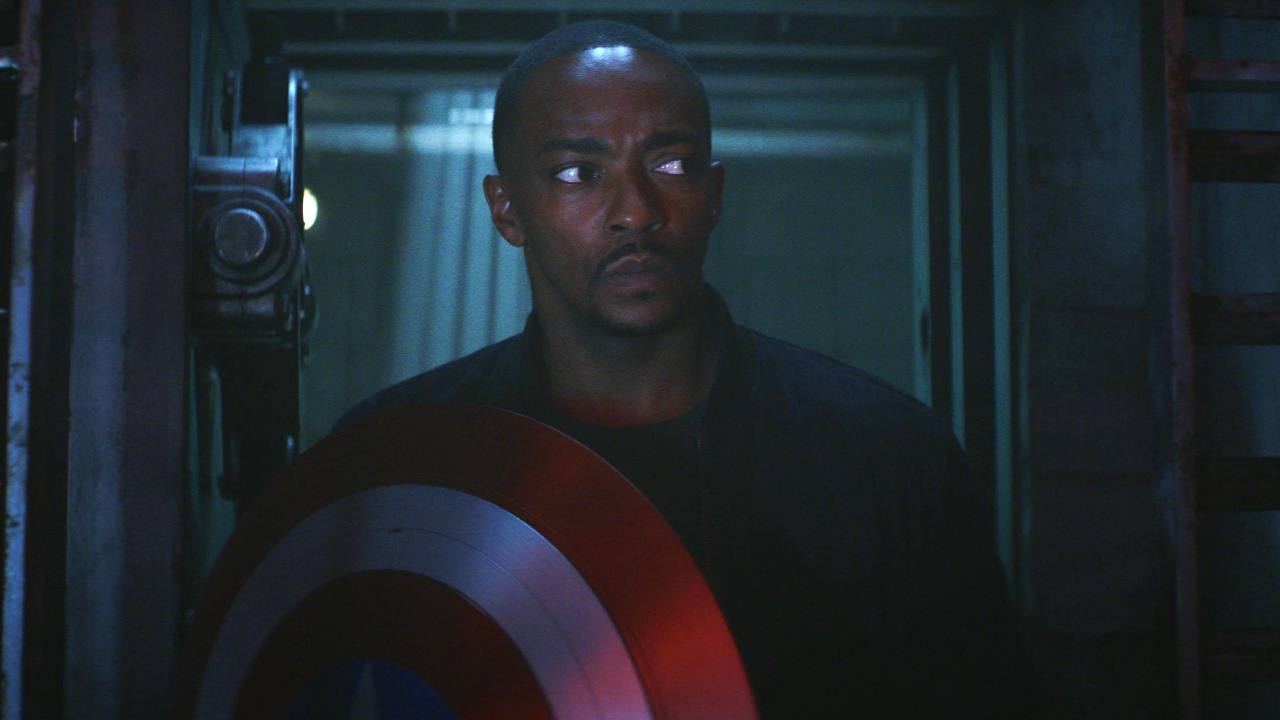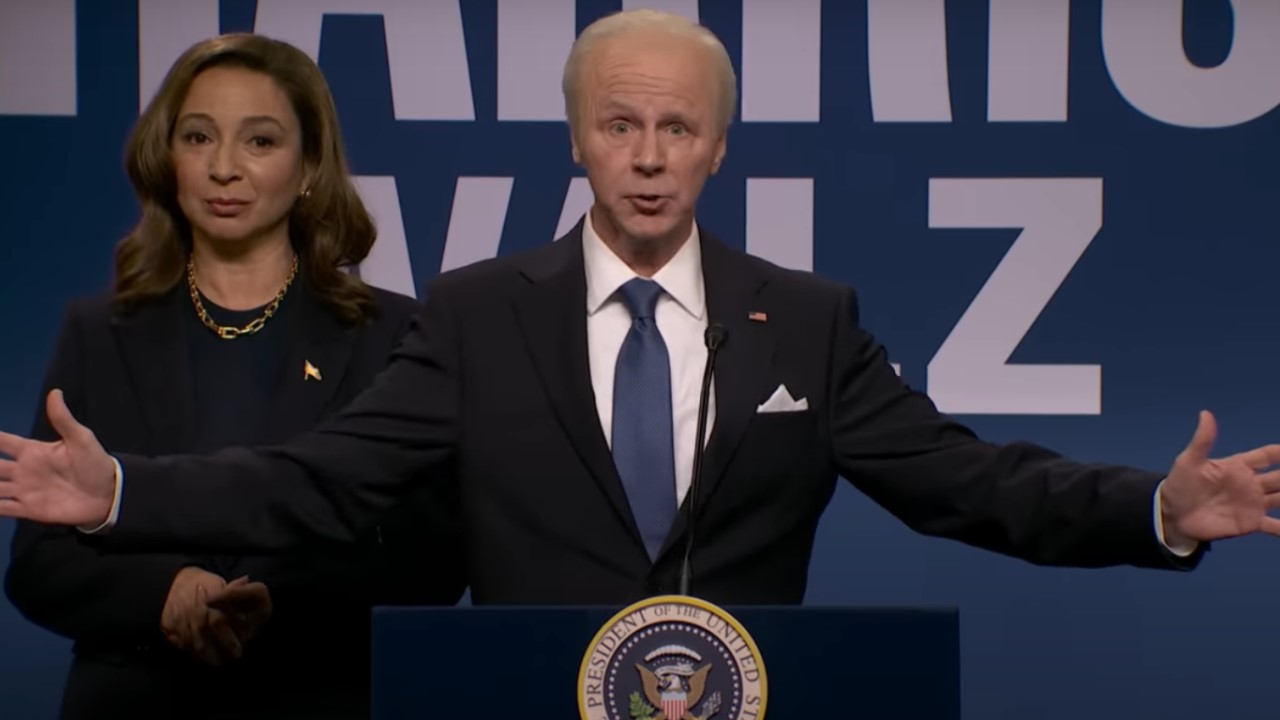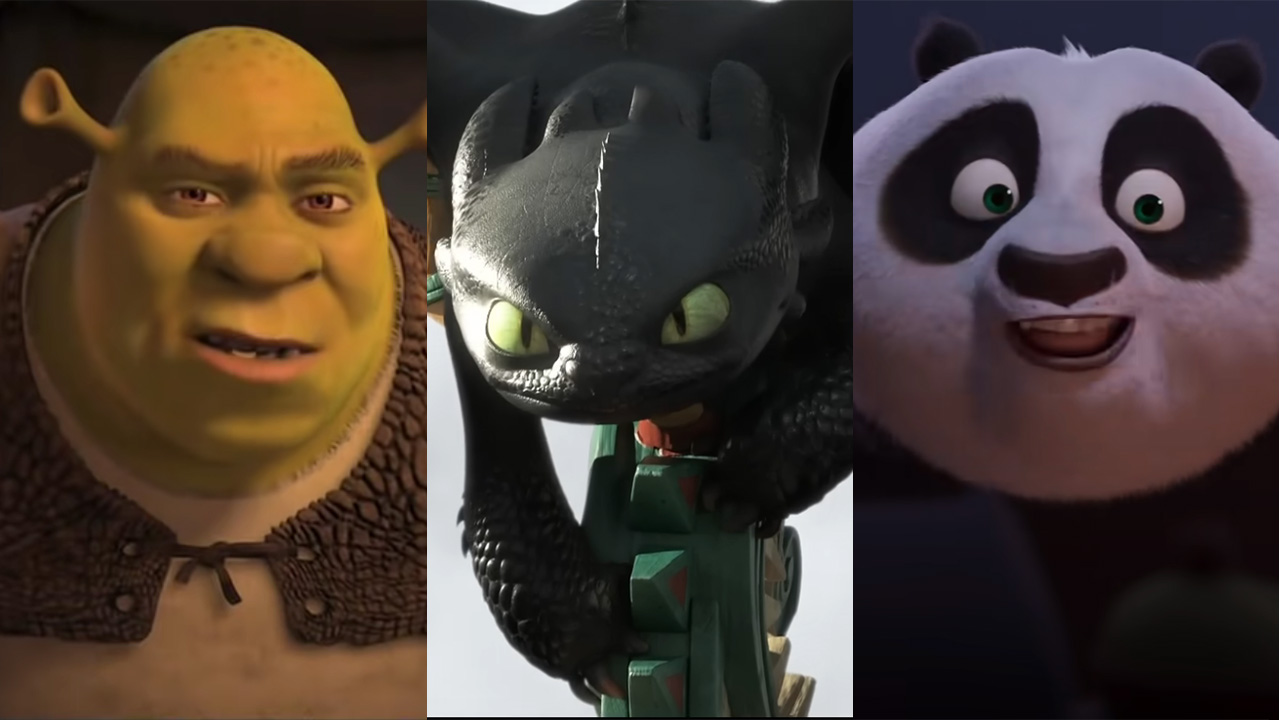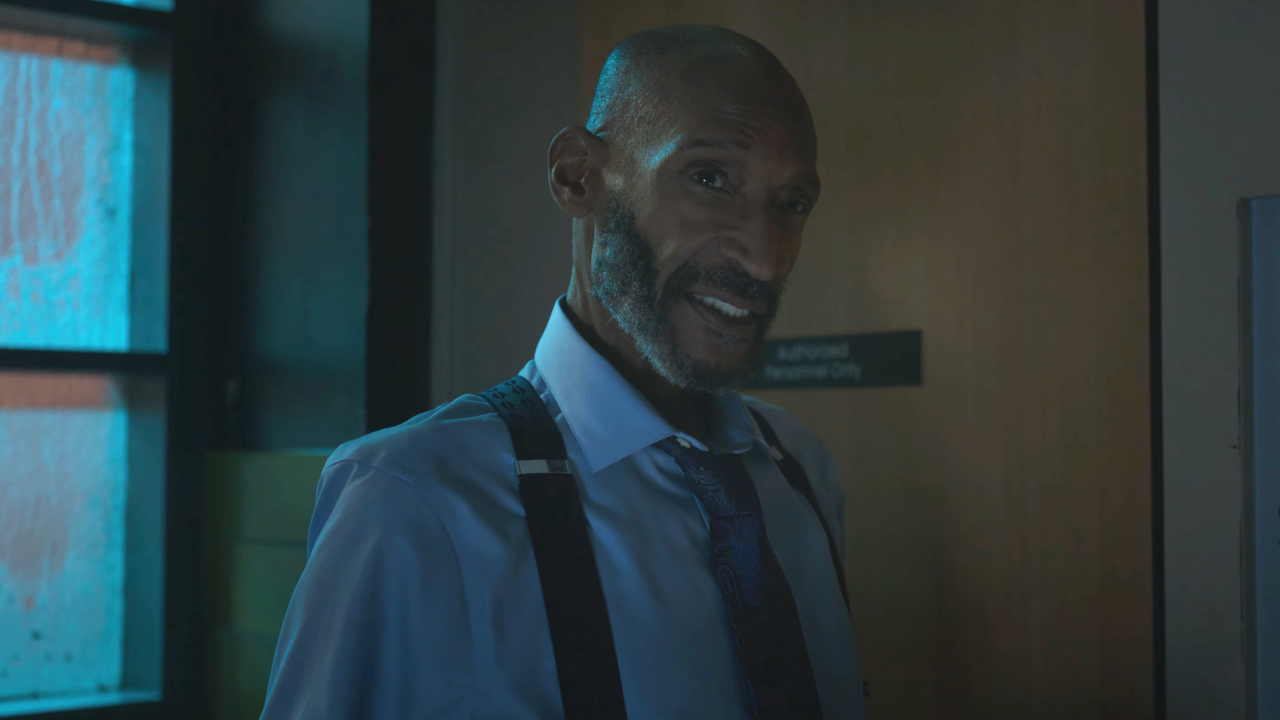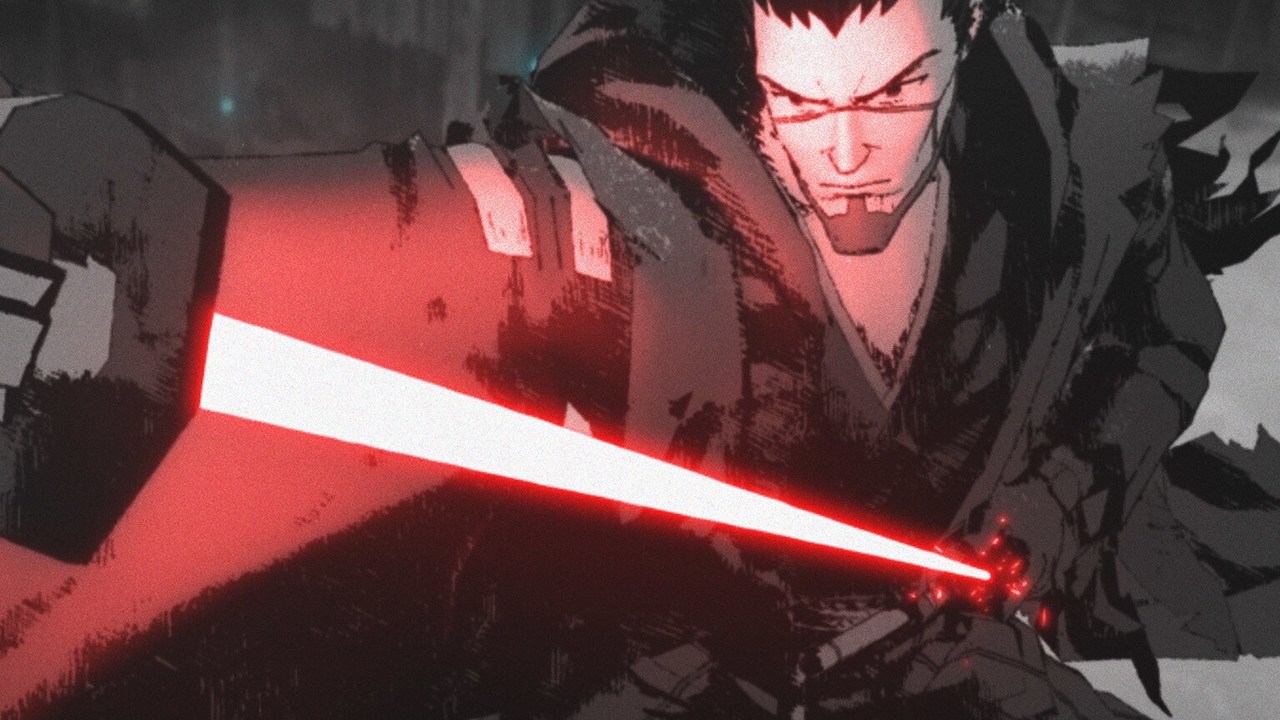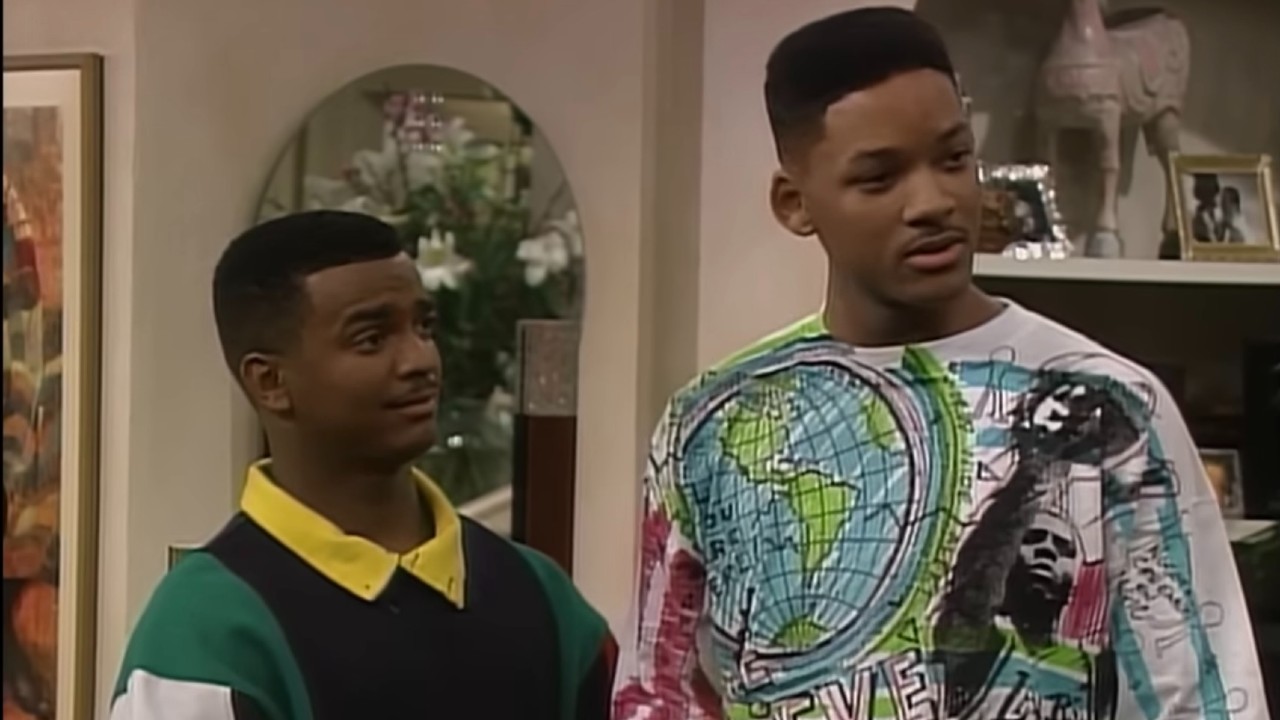Star Wars: Rogue One May Film In A Revolutionary, Large Scale Format

The theatrical movie-going experience will always be alive in some way, shape or form if the filmmakers of today keep on employing gimmicks and devices unique enough that you have to see a film in a theater. While 3D has succeeded to a certain extent, the IMAX format could be credited as being even more successful than any other formatting – simply because the screen and sound are so big that you have to be in one of their theaters to experience it. Studios have integrated the format into their release models quite effectively over the last decade, and if the rumor that Rogue One: A Star Wars Story is using Ultra Panavision 70 lenses to film – this could mean even bigger things for the format.
The Playlist announced today that there are whispers of Godzilla director Gareth Edwards eyeing a strategy similar to that of Quentin Tarantino’s shoot for The Hateful Eight. With Tarantino’s eighth film going into limited 70 mm release on Christmas Day, before eventually hitting all multiplexes next January, it appears that Christopher Nolan has inspired a new sort of novelty distribution tactic: early release windows for movies actually shot on film.
Now if you happen to live near an IMAX theater that still has a film projector in its employ, this is good news for you as those theaters are the ones that are most likely to be showing these special 70mm screenings. Seeing as the format is one that Disney has more than a passing fancy in using for its big ticket releases, this rumor could mean that Rogue One: A Star Wars Story could find itself taking advantage of the IMAX experience in a more unique way than most other films that decide to digitally re-master their picture for the large format experience. Considering that Rogue One: A Star Wars Story might already be in the process of filming, this might be less of a rumor and more of a low key statement from first hand accounts.
Furthermore, director Gareth Edwards has a history of using what are considered theatrical gimmicks as actual artistic tools. This is the same man that not only chose to post convert Godzilla for theatrical release, he did so because he knew it would enable him to tweak with the 3D presentation in ways that a traditionally filmed film utilizing the third dimension never could. 3D, and presumably 70mm presentations aren’t just toys to use in the hopes of making Edwards’ films more marketable. If he takes the same approach to the sprawling widescreen nature of Panavision, as well as the increased size and scope of 70mm film, we could be looking at the most artistically satisfying Star Wars film ever. Of course, this would have to be on top of the film actually feeling like it belongs in the Star Wars universe, so it’s not like Edwards should be feeling any pressure or anything.
Rogue One: A Star Wars Story comes to our galaxy on December 16, 2016 – acting as the cream to the cookie sandwich that is Star Wars: The Force Awakens and Star Wars: Episode VIII
CINEMABLEND NEWSLETTER
Your Daily Blend of Entertainment News

Mike Reyes is the Senior Movie Contributor at CinemaBlend, though that title’s more of a guideline really. Passionate about entertainment since grade school, the movies have always held a special place in his life, which explains his current occupation. Mike graduated from Drew University with a Bachelor’s Degree in Political Science, but swore off of running for public office a long time ago. Mike's expertise ranges from James Bond to everything Alita, making for a brilliantly eclectic resume. He fights for the user.
Reactions To Andor Season 2 Are So Overwhelmingly Positive And It Should Be Enormously Satisfying For Star Wars Fans: ‘I Cried, I Cheered, I Laughed, I Gasped’
First Look At Visions Volume 3 Panel Announces Release Date And Anime Spinoff At Star Wars Celebration Japan 2025 - Live Blog
